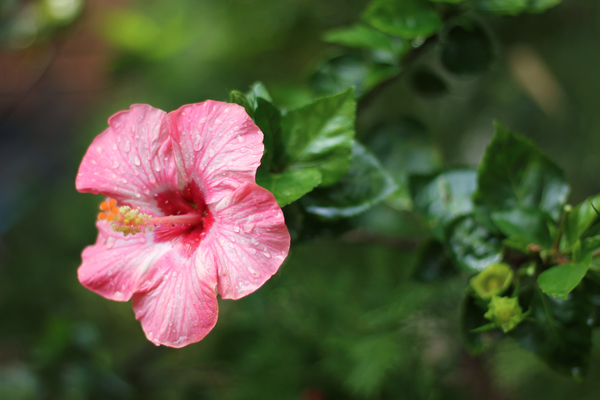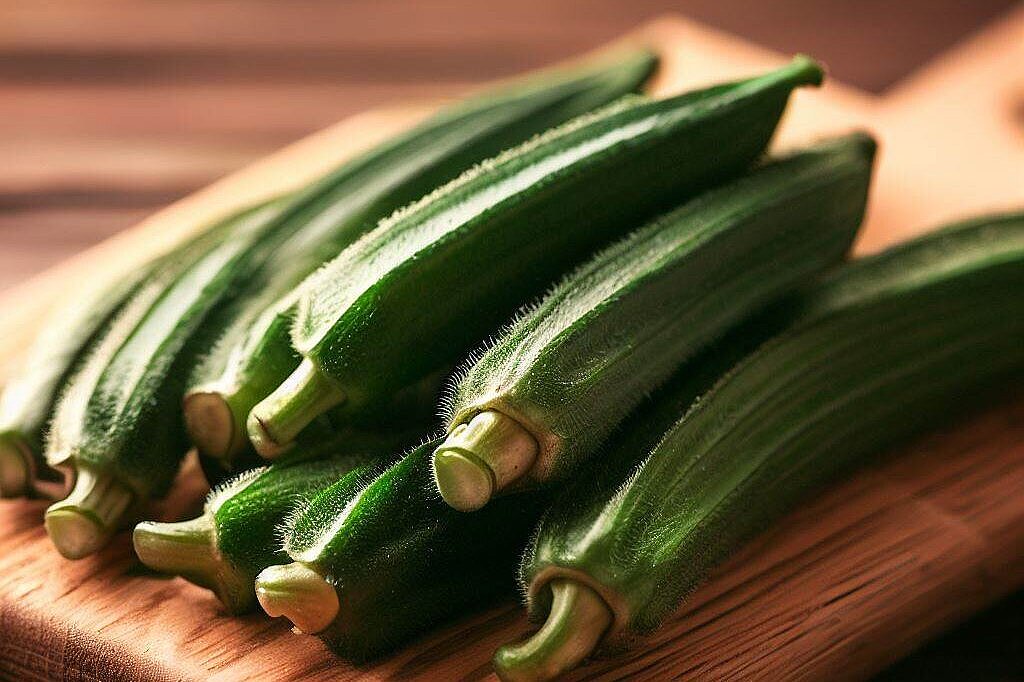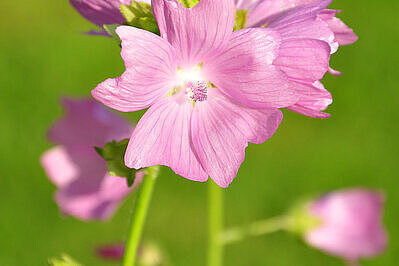Cotton plant

What is the cotton plant?
The cotton plant(Gossypium spp.) belongs to the mallow family and is native to tropical and subtropical regions. Its seed pods, known as cotton bolls, are used to produce the soft fibers that are processed into yarn and fabric. However, the plant is not only known for its fibers; its seeds, from which oil is pressed, and various other parts of the plant are also used in industry and agriculture.
Advantages: The positive influence of the cotton plant
Natural and hypoallergenic
Cotton fibers are natural and are considered hypoallergenic, making them a good choice for dog beds, toys and clothing. Compared to synthetic materials that can trigger allergic reactions, cotton offers a softer and safer alternative for sensitive dogs.
Breathability and comfort
The breathable properties of cotton make it comfortable to wear, especially in warmer climates. Cotton-based textiles can help regulate a dog's body temperature and prevent overheating.
Environmentally friendly option
Compared to many synthetic materials, cotton is biodegradable and can be a more environmentally friendly option, especially when grown organically. This reduces the ecological footprint created by the production of dog accessories.
Disadvantages: The potential risks of the cotton plant
Pesticide exposure
Conventionally grown cotton is often highly contaminated with pesticides, which are not only harmful to the environment but can also leave residues on textiles. These chemical residues could be potentially harmful to dogs if they come into contact with the skin or if dogs chew on cotton-based toys.
Ingestion hazard
Cotton fibers or parts of toys can easily be swallowed by dogs, which can lead to intestinal blockages or other gastrointestinal problems. Particular care should be taken to ensure that toys are robust and safe for dogs.
No nutritional value
While cotton products have many practical uses, the plant parts themselves have no nutritional value for dogs and can even be harmful if swallowed. In particular, the seeds of the cotton plant contain gossypol, a toxic substance that can be harmful to dogs.
The cotton plant and its products offer both advantages and disadvantages for dogs and their owners. While cotton textiles can be an excellent choice for dog beds, toys and clothing due to their naturalness, breathability and hypoallergenicity, it is important to consider the risks. Choosing organically grown products can help minimize exposure to harmful pesticides. In addition, toys should be chosen with safety and harmlessness in mind to avoid the risks of ingestion and resulting health problems. Ultimately, it is the responsibility of dog owners to make informed choices that ensure the well-being and safety of their faithful companions.
Properties 4
Are you looking for other ingredients with a specific property?
Just click on them to find more.
If you notice any signs of hypersensitivity or poisoning in your dog, you should see your vet immediately. We are not a substitute for a vet, but we try to be as accurate as possible. Every dog reacts differently and we recommend you get a second opinion or consult your vet if in doubt.
Stay healthy and take good care of your four-legged friend!😊
Similar to Cotton plant
Hibiscus is a genus of plants in the mallow family. There are more than 200 species of hibiscus that grow in the tropics and subtropics of the world. The best known are the marshmallow (Hibiscus...
Okra is the seed pod of the Abelmoschus esculentus plant, which belongs to the mallow family. It has an elongated, cylindrical shape and is also known as ladies' fingers or ochro. The pods are...
Mallow belongs to the mallow family and is closely related to the hibiscus and hollyhock plants. It contains many valuable ingredients such as mucilage, tannins, flavonoids, vitamin C and minerals....
The common hollyhock (Alcea rosea) adorns many gardens and parks with its tall stems and large, colorful flowers. Originally from the Mediterranean region, it has established itself as a popular...



